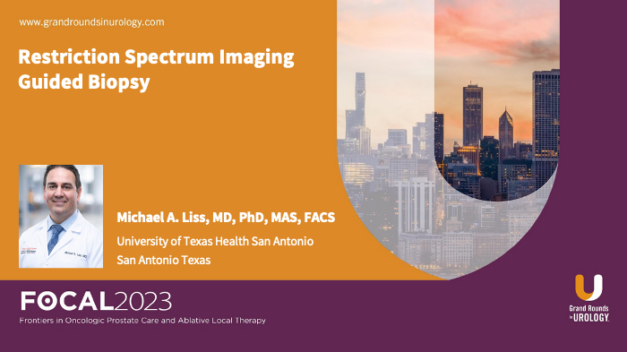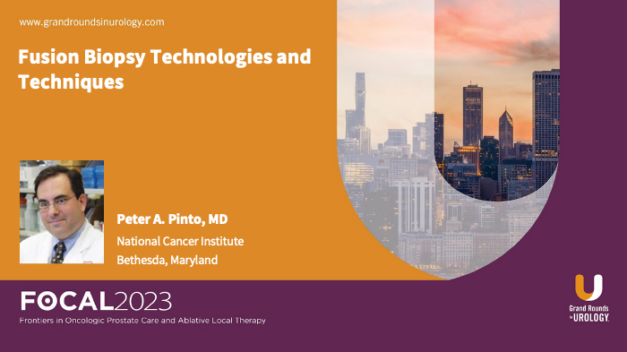Restriction Spectrum Imaging Guided Biopsy
Michael A. Liss, MD, PhD, MAS, FACS, discusses how Restriction Spectrum Imaging (RSI) Guided Biopsy can aid in processing and interpreting MRIs by reducing false positives and improving MRI distortion. Dr. Liss begins by describing the top current issues with MRI sequencing: varied positive predictive values and Apparent Diffusion Coefficient (ADC) distorting MRI results.
Dr. Liss then discusses the role of RSI-guided biopsy in mitigating the weaknesses of conventional MRI. He illustrates what an MRI sequence with RSI using compartmental, nuclear volume, and geometric filtering looks like.
Dr. Liss concludes with examples of RSI-MRI results in patients with different Gleason scores and inflammation. He compares the efficacy of RSI-MRI in differentiating between inflammatory and regular lesions and presents data that supports the use of RSI-MRI in lowering the frequency of false positive biopsies due to the misclassification of inflammatory lesions.
Read More




